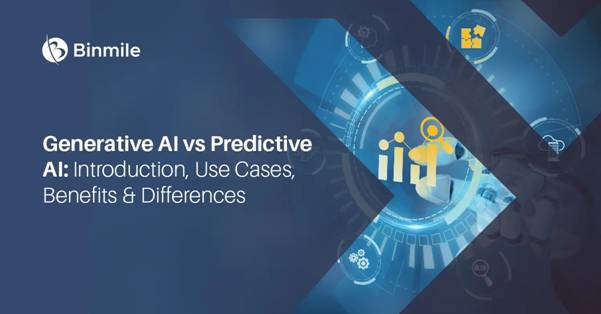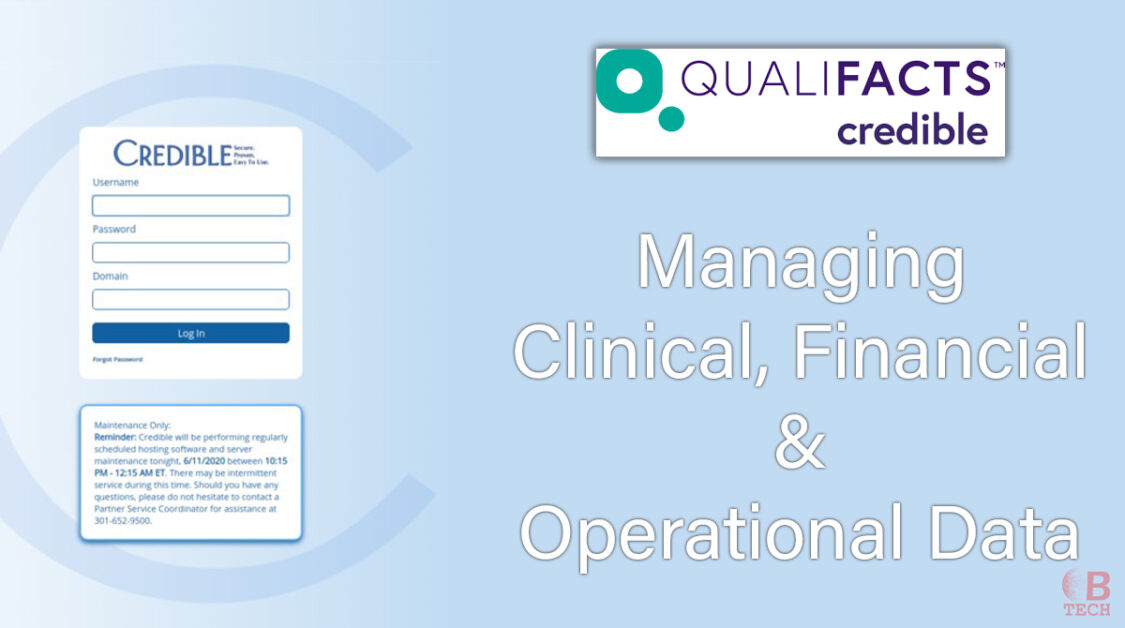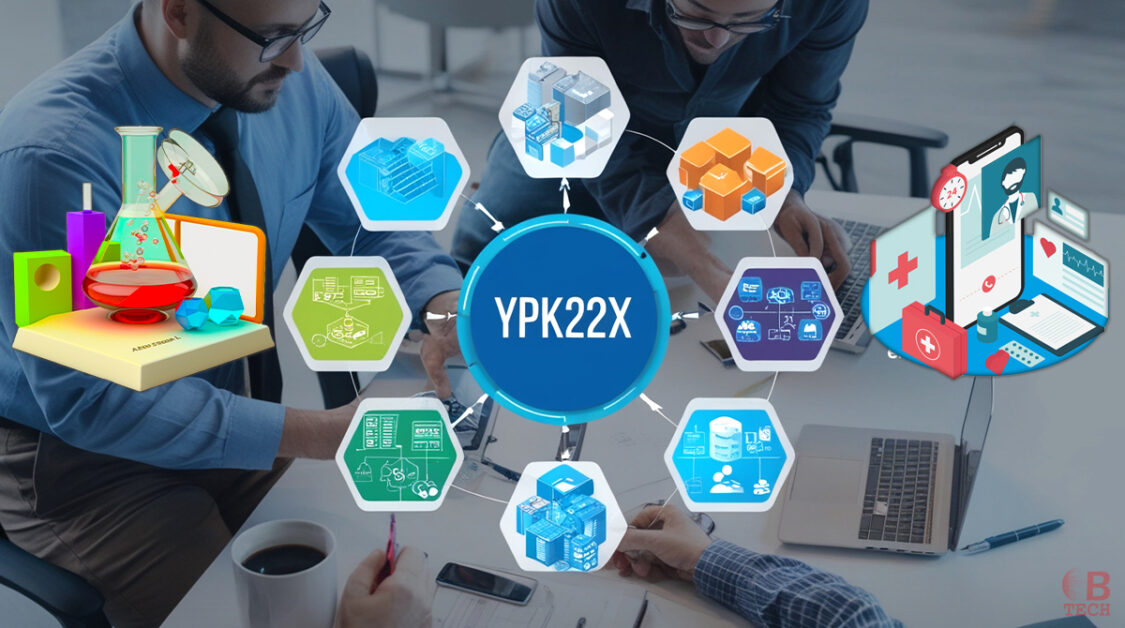Artificial intelligence (AI) has revolutionized numerous industries, bringing forth innovations that were once thought to be the stuff of science fiction. Two key branches of AI that have garnered significant attention are generative AI and predictive AI. Understanding what is the difference between generative ai and predictive ai is crucial for leveraging their unique capabilities in various applications.
Understanding AI Innovations
Artificial Intelligence (AI) refers to the simulation of human intelligence in machines that are programmed to think and learn like humans. These systems can perform tasks that typically require human intelligence, such as visual perception, speech recognition, decision-making, and language translation.
Evolution of AI Technologies
AI technologies have evolved rapidly over the past few decades. Initially, AI systems were limited to rule-based operations. However, with advancements in machine learning and deep learning, AI has become more sophisticated, capable of learning from vast amounts of data and improving over time.
What is Generative AI?
Generative AI is a type of artificial intelligence that can create new content. It can generate text, images, music, and other data types. Unlike traditional AI systems that only classify or predict data, generative AI produces new data instances that resemble the training data.
How Generative AI Works
Generative AI models learn patterns and structures from a given dataset and use this knowledge to generate new, similar data. Techniques like Generative Adversarial Networks (GANs) and Variational Autoencoders (VAEs) are commonly used in generative AI to create realistic outputs.
Common Applications of Generative AI
- Content Creation: Generative AI can create articles, stories, and even poetry.
- Art and Design: AI-generated art and designs are becoming increasingly popular.
- Music Composition: AI systems can compose original pieces of music.
- Data Augmentation: Generative AI is used to create synthetic data for training other AI models.
What is Predictive AI?
Predictive AI uses historical data to predict future outcomes. It analyzes patterns in the data to forecast trends, behaviors, and events. This type of AI is widely used for decision-making processes.
How Predictive AI Works
Predictive AI models are built using techniques like regression analysis, classification, and time series analysis. These models learn from historical data and apply this knowledge to predict future events.
Common Applications of Predictive AI
- Sales Forecasting: Predictive AI helps businesses forecast sales and manage inventory.
- Risk Management: It is used in finance to predict market trends and manage risks.
- Healthcare: Predictive AI can predict disease outbreaks and patient outcomes.
- Marketing: It helps in predicting customer behavior and tailoring marketing strategies.
Key Differences Between Generative AI and Predictive AI
Purpose and Functionality
- Generative AI: Focuses on creating new content or data that resembles the training data.
- Predictive AI: Focuses on analyzing historical data to predict future outcomes.
Data Utilization
- Generative AI: Uses data to learn patterns and structures for generating new data.
- Predictive AI: Uses data to identify trends and make predictions based on historical information.
Output Type
- Generative AI: Produces new, original data instances.
- Predictive AI: Produces predictions or forecasts based on existing data.
Use Cases
- Generative AI: Suitable for creative applications like content creation, art, and music.
- Predictive AI: Suitable for analytical applications like sales forecasting, risk management, and healthcare.
Generative AI in Detail
Types of Generative Models
- Generative Adversarial Networks (GANs): Consist of two neural networks, a generator and a discriminator, that work together to create realistic data.
- Variational Autoencoders (VAEs): Use probabilistic methods to generate new data instances that resemble the training data.
Benefits and Limitations of Generative AI
Benefits:
- Enhances creativity and innovation.
- Useful in data augmentation for training AI models.
Limitations:
- Can produce biased or inappropriate content.
- Requires large amounts of data for training.
Real-World Examples of Generative AI
- AI Art: Artists use generative AI to create unique pieces of digital art.
- Content Generation: AI tools that generate articles, blog posts, and social media content.
Predictive AI in Detail
Types of Predictive Models
- Regression Models: Predict continuous outcomes (e.g., sales figures, temperature).
- Classification Models: Predict categorical outcomes (e.g., spam detection, disease diagnosis).
- Time Series Models: Analyze time-based data to forecast future events (e.g., stock prices, weather).
Benefits and Limitations of Predictive AI
Benefits:
- Improves decision-making processes.
- Helps in anticipating future trends and behaviors.
Limitations:
- Dependent on the quality and quantity of historical data.
- Can be impacted by changes in underlying patterns.
Real-World Examples of Predictive AI
- Financial Forecasting: Predicting stock market trends and economic indicators.
- Healthcare Predictions: Forecasting patient outcomes and disease spread.
Choosing Between Generative AI and Predictive AI
Factors to Consider
- Project Goals: Determine whether your project requires the creation of new content (generative) or forecasting future outcomes (predictive).
- Data Availability: Assess the quality and quantity of your available data.
- Application Area: Consider the specific use case and industry requirements.
Scenario-Based Recommendations
- Creative Projects: Use generative AI for tasks like content creation, design, and music composition.
- Analytical Projects: Use predictive AI for tasks like sales forecasting, risk management, and healthcare predictions.
Future of AI Innovations
Emerging Trends in Generative AI
- Enhanced Creativity: Continued advancements in AI-generated art, music, and literature.
- Improved Data Augmentation: Better synthetic data generation for training AI models.
Emerging Trends in Predictive AI
- Advanced Predictive Analytics: More accurate and sophisticated prediction models.
- Real-Time Predictions: Increased use of real-time data for immediate forecasting.
Potential Impact on Various Industries
- Healthcare: Improved patient care and disease management.
- Finance: Better risk management and investment strategies.
- Marketing: More personalized and effective marketing campaigns.
Conclusion
Understanding the difference between generative AI and predictive AI is essential for leveraging their unique capabilities. Generative AI excels in creative applications, producing new content that resembles training data. Predictive AI shines in analytical applications, forecasting future outcomes based on historical data. As AI innovations continue to evolve, both generative and predictive AI will play pivotal roles in transforming industries and enhancing our daily lives.
FAQs
1. What are the primary differences between generative AI and predictive AI?
Generative AI focuses on creating new data, while predictive AI focuses on forecasting future outcomes based on historical data.
2. Can generative AI and predictive AI be used together?
Yes, they can be used together in projects that require both content generation and predictive analysis, enhancing overall functionality.
3. What are some challenges associated with generative AI?
Generative AI can produce biased or inappropriate content and requires large amounts of data for effective training.
4. How does predictive AI improve decision-making processes?
Predictive AI analyzes historical data to forecast future outcomes, helping businesses and individuals make informed decisions.
5. What future developments can we expect in AI innovations?
We can expect enhanced creativity in generative AI, more accurate predictive analytics, and increased real-time predictions impacting various industries.



